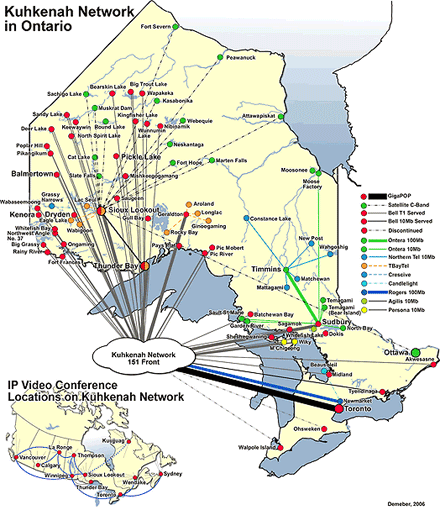
THUNDER BAY – Across the region, in all the First Nation communities, the Internet is a resource used by both young, and old. Internet use can range from young musicians like Dylan Whiskeychan, who used Youtube videos to teach himself how to play the drums. The talented musician shared his talent at For the Love of Life in Thunder Bay on Saturday night. Through the Internet people can share culture too, a youthful friend of mine, Munzie who dances at Pow wows, has used Youtube to watch videos and learn new steps.
While many people use the Internet for fun, it is an amazing tool for learning. As a tool for teaching, The Nishanawbe Aski Development Fund offers courses every week and shares a live-stream feed of the course so people across the region can share by tuning in to the seminars.
During times, like right now in Thunder Bay, where a young Aboriginal teen is missing, the Internet serves as a means of sharing information, and getting the message out. Thousands of readers have been on NetNewsledger.com reading the latest updates on this ongoing story. The power of the Internet to reach past our borders and across the region is part of the power of the Internet.

The Internet has become a communications tool across Northern Canada that lets people share information almost instantly. It is more affordable than most other means of communications, and it is fast. Here is an example, according to Facebook there are 12,040 users of the social networking site within 80km of Sioux Lookout. The municipality boasts a culturally diverse population of over 5,300 residents and is proud to be the true “Hub of the North”, as the municipality classes itself. In the community, they are providing essential services to 30,000 people in 29 remote First Nation communities. Likely it is through Knet, an Internet Service Provider out of Sioux Lookout that there are over double the number of people in the community listing on Facebook.
Across the district, as the Internet has grown in use, and in the scope of its use, it is changing our region.
For First Nations, the ‘Net allows parents to keep in touch with their children who are attending high school outside of their home First Nation community.
It also allows community members from across the region to keep in close communications with each other.
As a tool for students, the Internet allows access to a wide variety of research and libraries. Google as a tool allows people to find out many things. For students, Youtube has become a replacement in many cases for television with young people able to watch music videos and other user created videos. For musicians, across the region, and beyond, the Internet is the tool for an independent artist to affordably share their talent. By putting their music online they can build an audience. Itunes and MP3 players are connecting music with their audience like never before.
The Internet has taken communications to a level that in our region has never been possible before.
As you explore the depth of online connection in Northwestern Ontario, via the NAPS website, the Nishanabe Aski Development Fund (NADF), and the NAN website, and via Knet, you can witness that overall there is are some great connections open between the First Nations leadership and northern communities via the Internet, but equally important growing numbers of people are online.
That level of communications, added to the numbers of people who are on Facebook across the region are, for many in positions of leadership, an unused tool.
Never before in our region’s history are their opportunities for people to communicate like there are right now. Using those tools effectively will help make our region stronger.
Over the course of an average week, there are thousands of people who stop by NNL to get their news. What is also interesting are the numbers of visitors who are using their mobile devices to access the Internet. On NetNewsledger.com this week, 11.2% of the visitors are gathering their information from their mobile devices. Of that, 7% of the visitors are on their Ipod Touch, 2.8% on their IPhone, 1.20% on their Blackberry, and 0.20% on their Ipad.
Those figures represent a significant change over the past year. They also, from visitors here in Thunder Bay represent a change from the time that Tbaytel introduced their 3G service.
Another interesting figure is that Internet Explorer is used by 38.6% of our visitors, with Firefox having 18%, and Google Chrome having 10.20% of the browser traffic. Once again that represents a change from previous figures. It is very likely that the people using Firefox and Google Chrome are some of the younger people using the Internet. Older users tend to use Internet Explorer, as it is packaged with their operating system.
Through social-networking, growing numbers of residents across Northwestern Ontario are connecting with family and friends from across Canada, and around the world. While some may decry the Internet’s growing influence on the daily lives of people, the reality is that what has happened in many cases are that time spent watching television has shifted to spending time online.
It is likely that as our region continues to evolve, the Internet will play an increasingly important role in the lives of all of our residents. The funding announcements that there are more dollars being invested in expanded broadband Internet means that there will be ever greater communications. It is a positive sign for our entire region.
